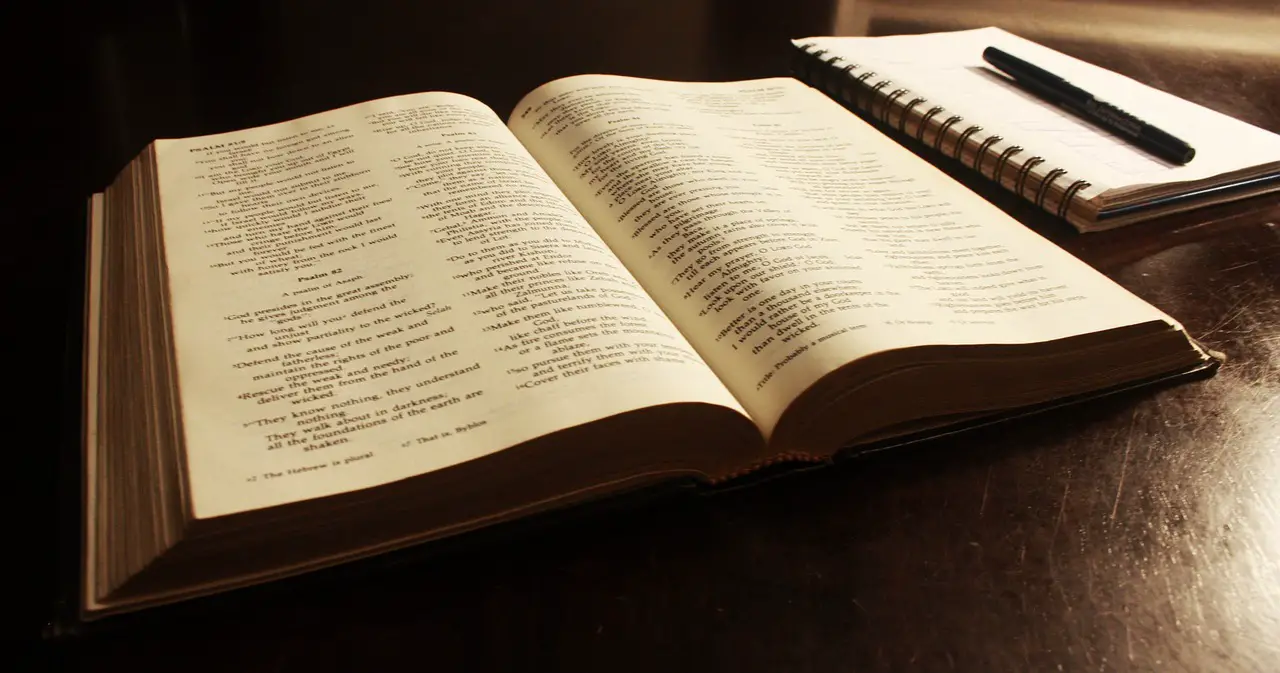The Bible holds a central place in the Catholic faith, serving as a guiding light for millions of believers worldwide. Over the centuries, numerous versions and translations of the Bible have emerged, each with its unique history and contribution to the understanding of sacred scripture. In this article, we will delve into the fascinating world of Catholic Bible versions, tracing their origins and highlighting their significance in the context of Catholic tradition.
- Latin Vulgate:
The Latin Vulgate, translated by Saint Jerome in the late 4th century, stands as one of the most influential Catholic Bible versions in history. Commissioned by Pope Damasus I, the Vulgate served as the authoritative Latin text for the Catholic Church for over a millennium. Jerome’s translation became the standard for Western Christianity and played a pivotal role in shaping theological thought during the Middle Ages.
- Douay-Rheims Bible:
The Douay-Rheims Bible, first published in 1582, is considered the first English translation of the entire Catholic Bible. Named after the English cities of Douai and Rheims, where the translation took place, this version provided English-speaking Catholics access to the sacred texts in their own language during a time of religious turmoil. The Douay-Rheims Bible drew heavily from the Latin Vulgate and maintained a significant influence until the 20th century.
- Revised Standard Version Catholic Edition (RSV-CE):
The RSV-CE emerged in the mid-20th century as a result of ecumenical efforts among scholars from various Christian traditions. This revised edition of the Revised Standard Version (RSV) aimed to provide an accurate and readable translation while remaining faithful to Catholic teaching. Released in 1966, the RSV-CE received the imprimatur, an official declaration of ecclesiastical approval, from the Catholic Church, further solidifying its place within Catholic circles.
- New American Bible (NAB):
Commissioned by the United States Conference of Catholic Bishops (USCCB) and published in various editions, the New American Bible has become the standard Catholic Bible used in the United States. The first edition of the NAB was released in 1970, with subsequent revisions in 1986 and 2011. This translation incorporates updated scholarship and reflects the liturgical needs of the Catholic Church in the United States.
- New Jerusalem Bible (NJB):
The New Jerusalem Bible, published in 1985, represents an English translation that seeks to capture the literary beauty and poetic qualities of the original biblical texts. Developed under the direction of the Roman Catholic Church, this version aimed to provide a modern and accessible rendering of the Bible while maintaining theological accuracy.
- Catholic Public Domain Version (CPDV):
The Catholic Public Domain Version, also known as the CPDV, is a recent addition to the array of Catholic Bible versions. Completed in 2009, this translation draws on the Latin Vulgate and other ancient sources, providing a contemporary English rendering faithful to Catholic teachings. The CPDV is released into the public domain, allowing for unrestricted use and distribution.
Conclusion:
The history of Catholic Bible versions is a testament to the enduring relevance and influence of sacred scripture within the Catholic Church. From the ancient Latin Vulgate to the more recent translations like the New American Bible and the Catholic Public Domain Version, each version has contributed to the preservation and dissemination of the Word of God. These translations, rooted in faith and scholarship, have enabled Catholics around the world to deepen their spiritual journey and engage with the teachings of the Church.
